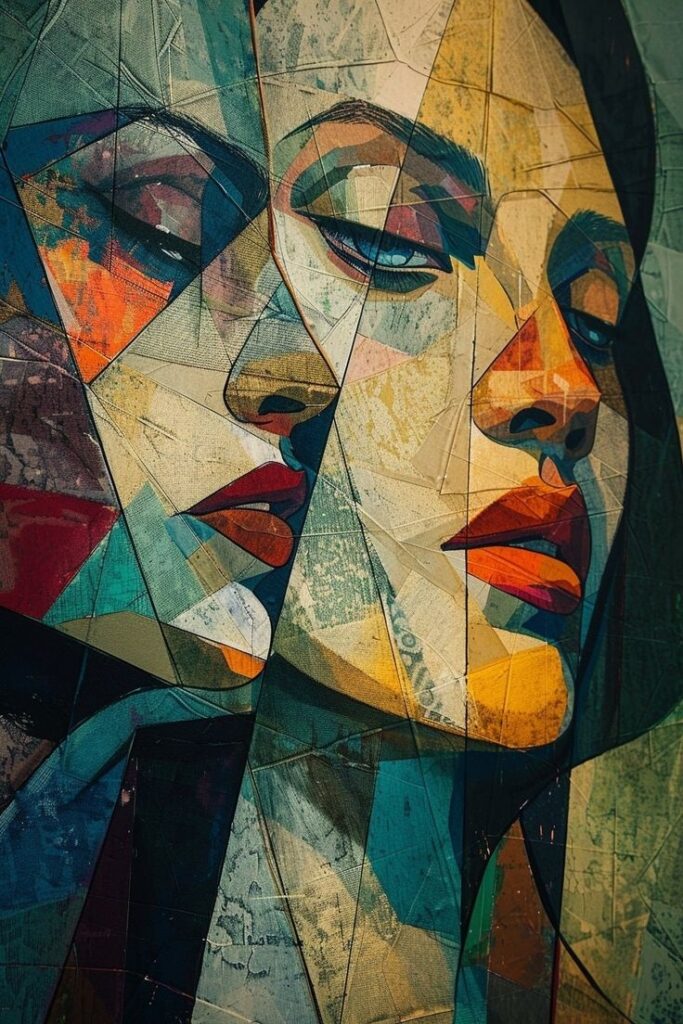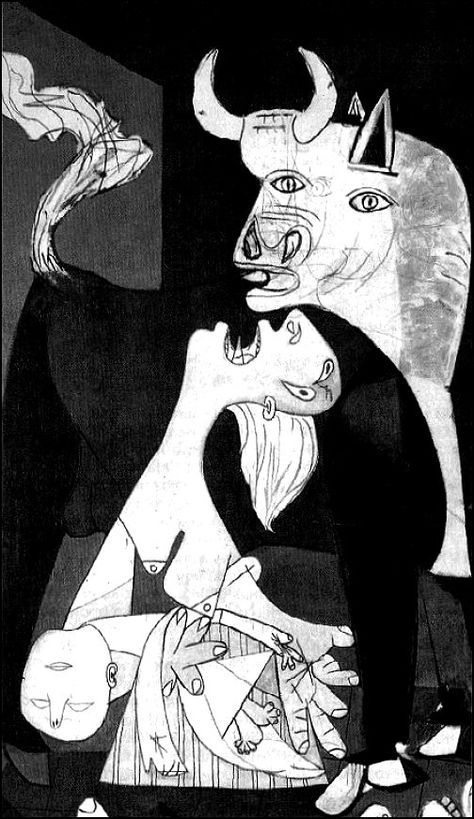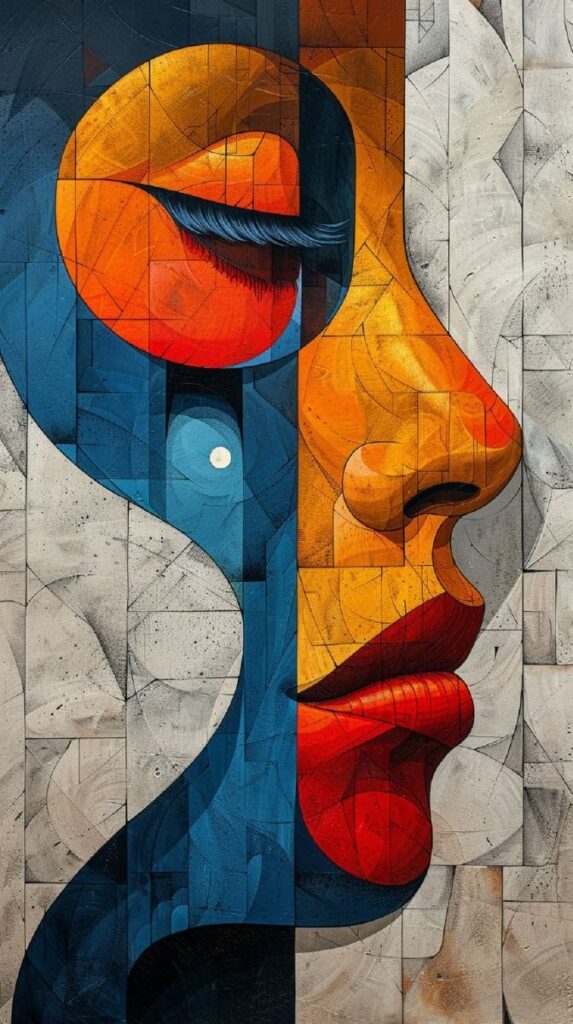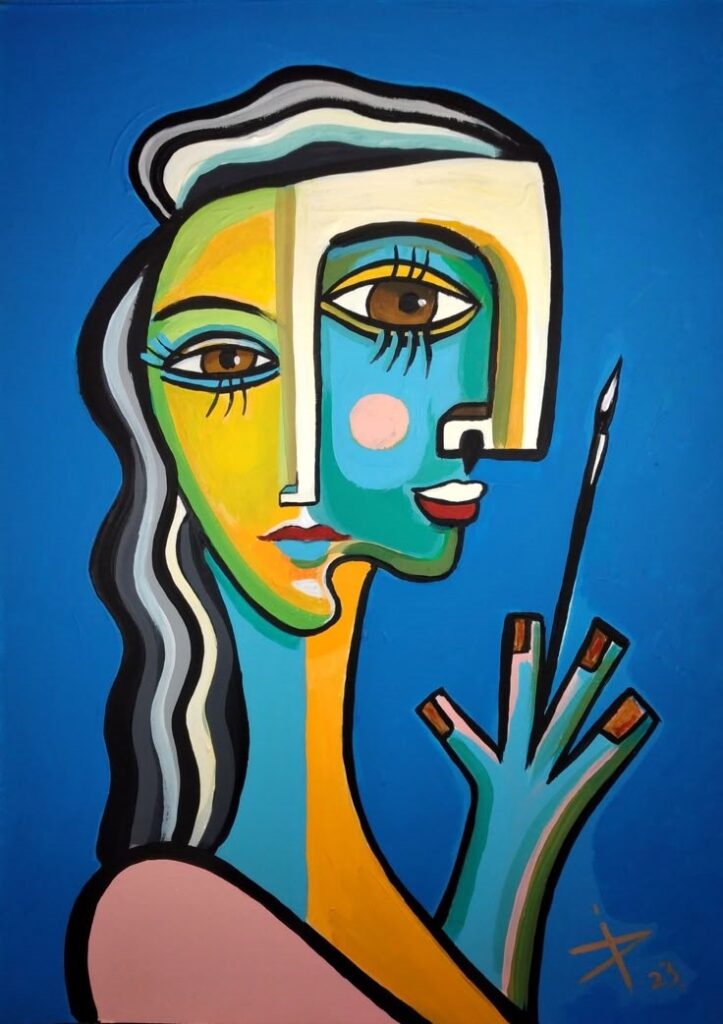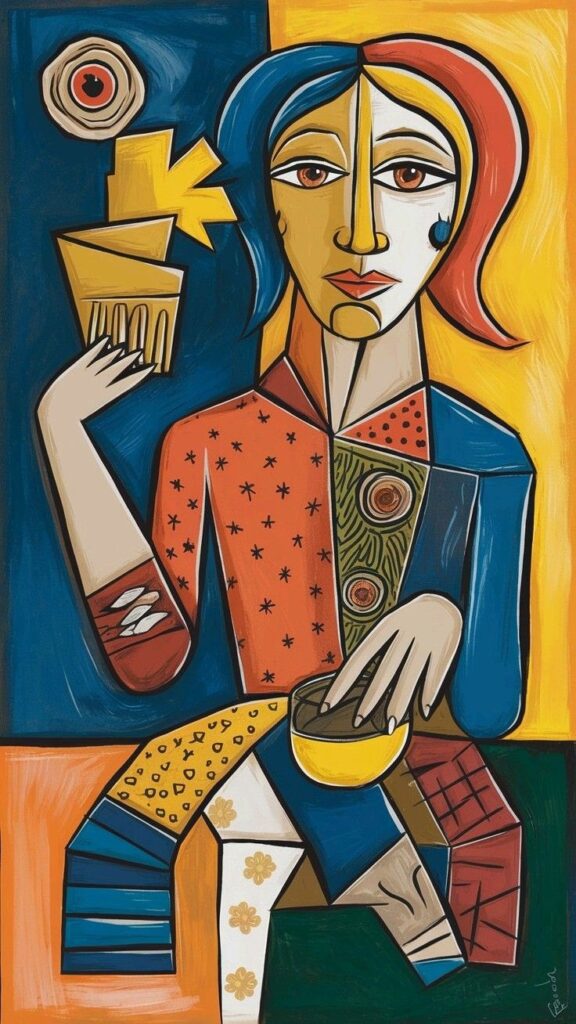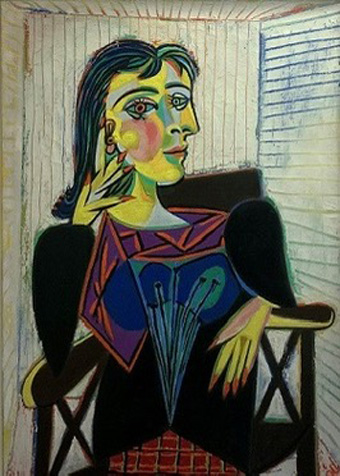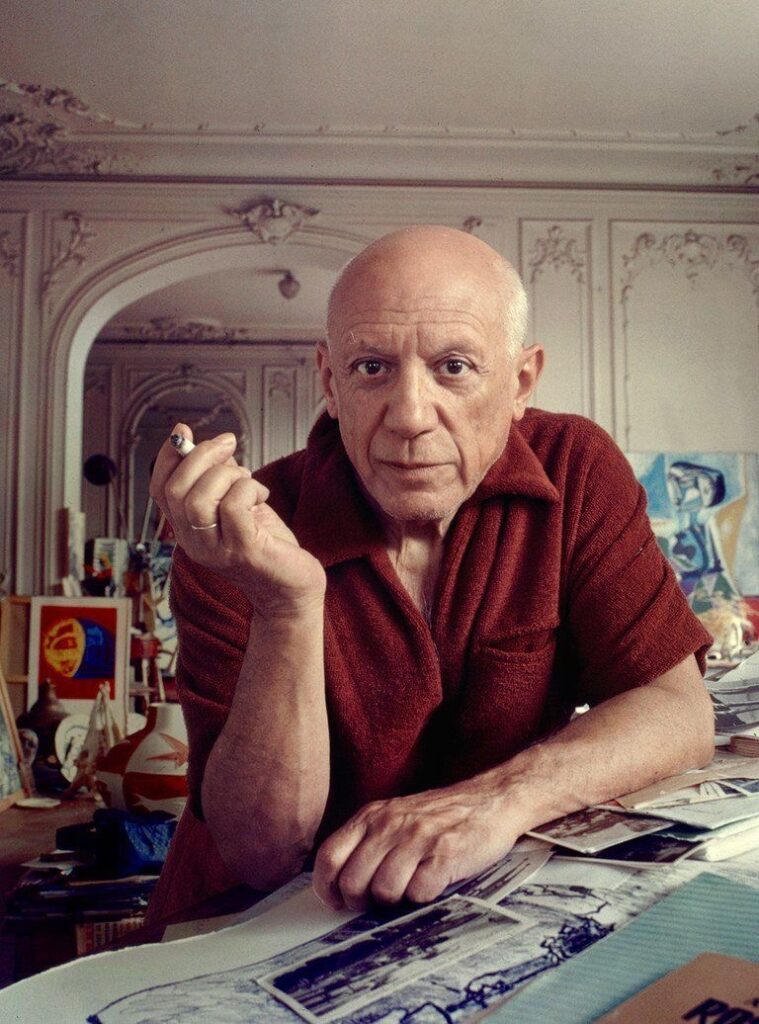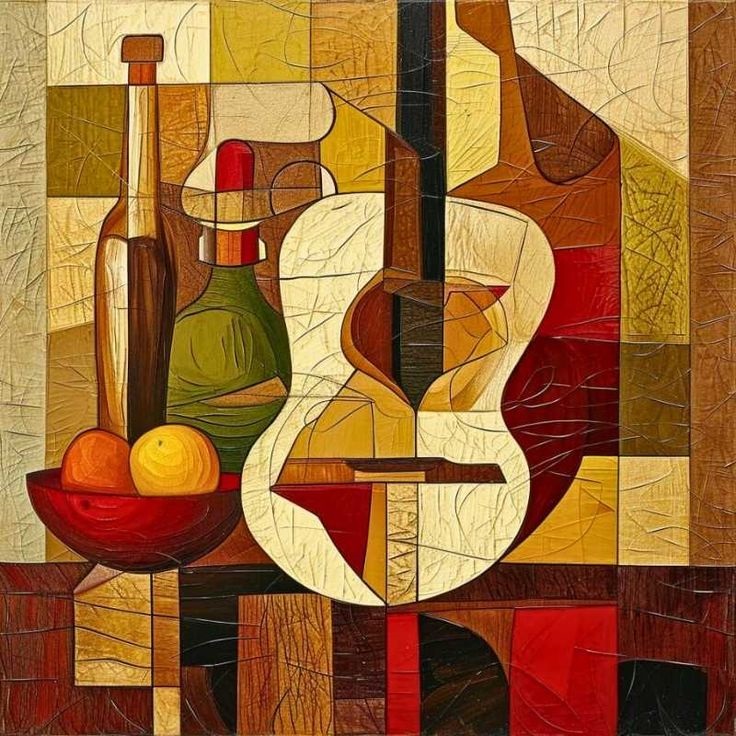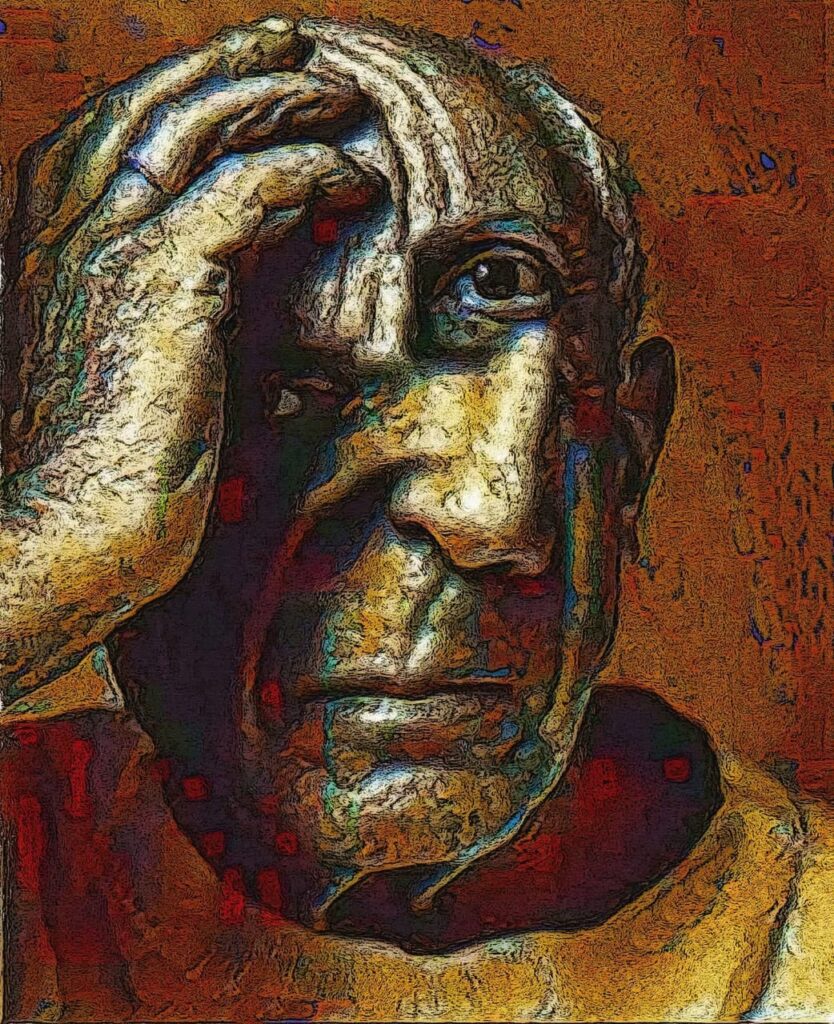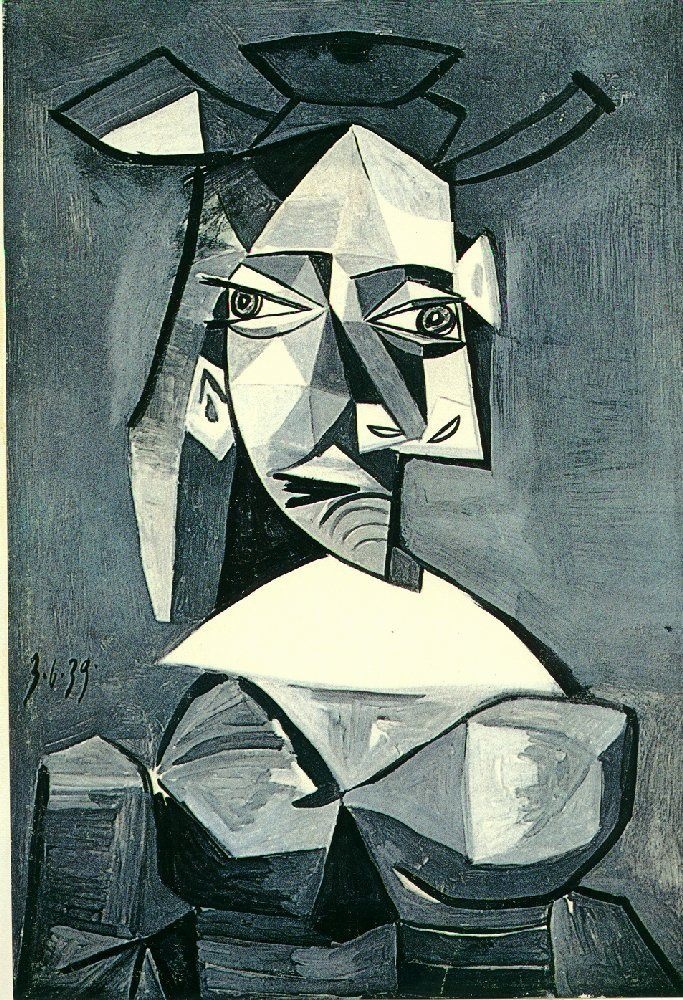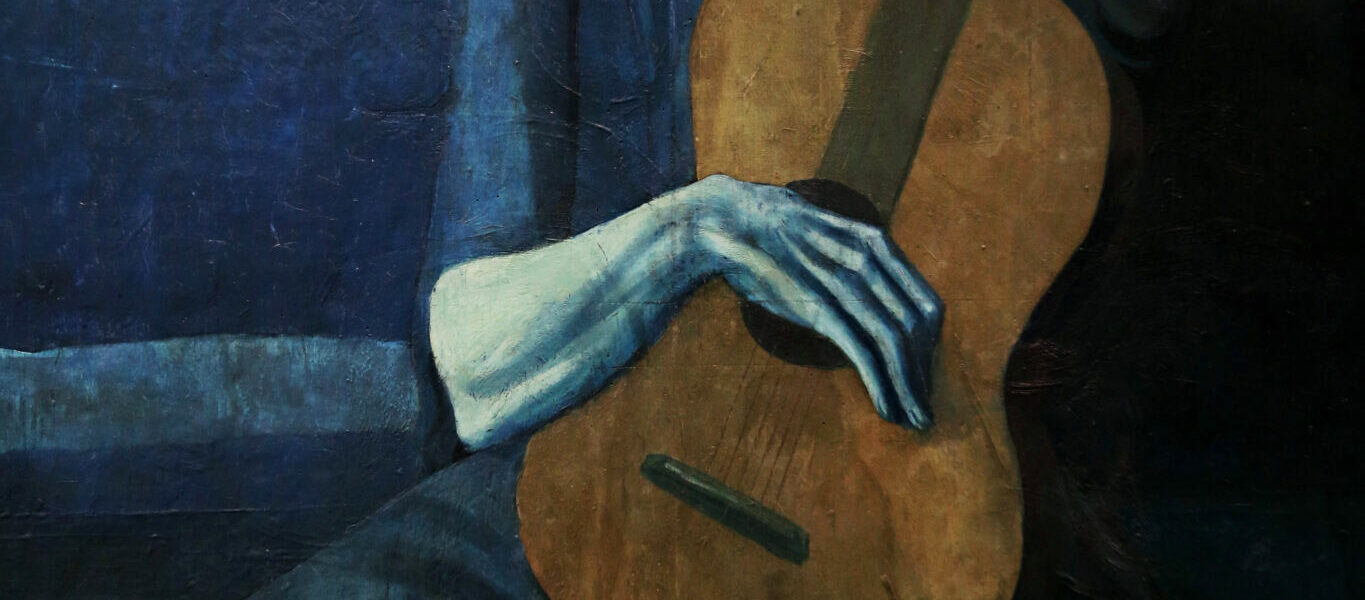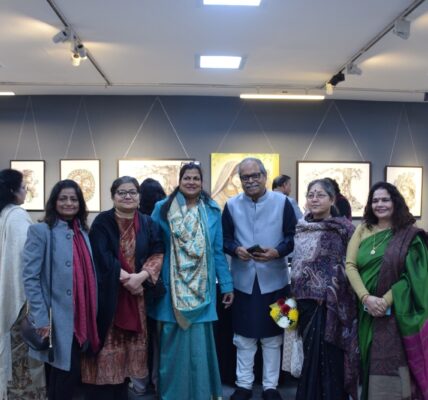The Inimitable Brilliance of Human Creativity: A Story of Genius, Love, and Restless

By Vedika Singh
In the sun-drenched town of Málaga, Spain, a boy was born on October 25, 1881, with eyes that seemed too aware of the world. His mother believed he would be great; his first word, legend says, was “pencil.” This boy-Pablo Diego José Francisco de Paula Juan Nepomuceno Crispín Crispiniano María Remedios de la Santísima Trinidad Ruiz Picasso-would grow into one of the most revolutionary artists of all time. We know him, simply, as Picasso.
A Child of Art and Shadows
His father, an art teacher and painter of doves, taught him the basics of form and technique. But by the time Picasso was 13, he was painting better than his father. There’s a tale-almost mythical-of his father laying down his brush forever, acknowledging his son’s genius.
After moving to Barcelona, young Picasso began frequenting Els Quatre Gats, a café where artists, poets, and thinkers gathered. By 1900, he left for Paris, the epicenter of art, and plunged into the city’s bohemian world. What he found there wasn’t just artistic energy-it was the seed of transformation.
The Blue Period (1901-1904): Sorrow on Canvas
In 1901, a friend’s suicide shook Picasso deeply. His response was not with words, but with shades of melancholy blue. Beggars, blind men, mothers with dying children-his subjects wore grief like a second skin. The Old Guitarist and La Vie are echoes from this time, fragile and haunting.
This period was Picasso searching for meaning-through poverty, depression, and loss.
The Rose Period (1904-1906): Light After Grief
Love entered his life in the form of Fernande Olivier, and the blues gave way to warm pinks and oranges. His subjects became circus performers, harlequins, and lovers. The sadness didn’t vanish, but it softened.
Paintings like Family of Saltimbanques showed us not joy, but the delicate dance of hope after despair. Picasso was still becoming-he always would be.
The Birth of Cubism (1907-1917): Breaking the World Apart
In 1907, Picasso painted a canvas that shocked even his close friends. Les Demoiselles d’Avignon featured five distorted female figures-raw, angular, powerful. Influenced by African masks and Iberian sculpture, he had destroyed traditional perspective.
With Georges Braque, he gave the world Cubism. They deconstructed form-rebuilding reality through fragments and planes. Ma Jolie, Girl with a Mandolin, and Still Life with Chair Caning became visual jazz-intellectual, sharp, and bold.
Love, War, and Guernica (1917-1945)
Picasso was many things-but never apolitical. When German bombs flattened the Spanish town of Guernica in 1937, Picasso responded with a mural that became one of the most potent anti-war statements in art history.
Guernica is monstrous, chaotic-horses scream, mothers weep, the world breaks. It still feels like a wound. Through two World Wars, countless lovers (and muses), and shifting artistic phases, Picasso never stood still. He once said, “I am always doing that which I cannot do, in order that I may learn how to do it.”
Later Years: A Restless Giant
(1945-1973)
Even in old age, Picasso painted like a man on fire. His series of The Musketeers, the reinterpretations of Las Meninas, the endless sketches, ceramics, and sculptures-he produced thousands of works. He painted with the urgency of a man who knew that life is short, even when it is long.
He died in 1973, at 91, whispering, “Drink to me, drink to my health. You know I can’t drink anymore.”
The Legacy: More Than a Name
Pablo Picasso left behind more than 20,000 works. He gave us not just styles or movements, but a new language. He gave us permission to evolve, to contradict ourselves, to shatter rules in search of deeper truths. He was a genius, a provocateur, a lover, a fighter, a child, and an old man-sometimes all at once.
Picasso didn’t live one life-he lived many. And in each, he painted the world anew.
